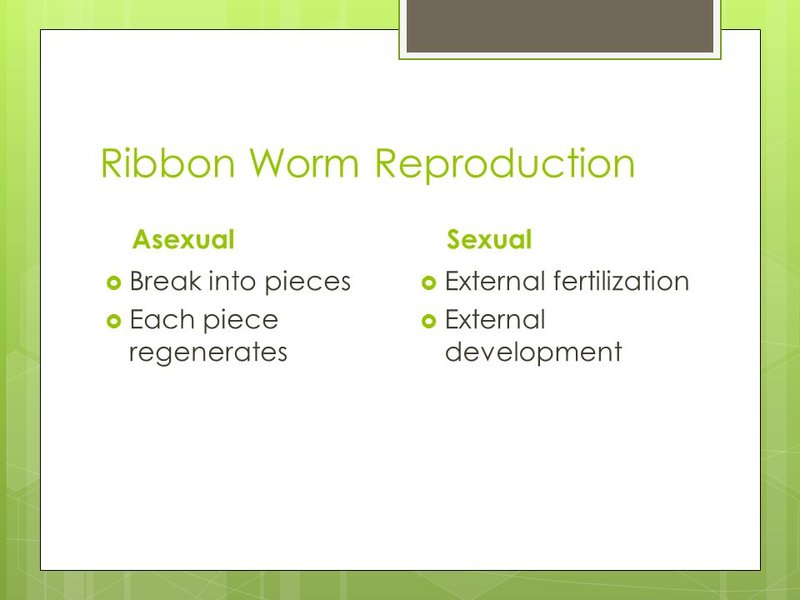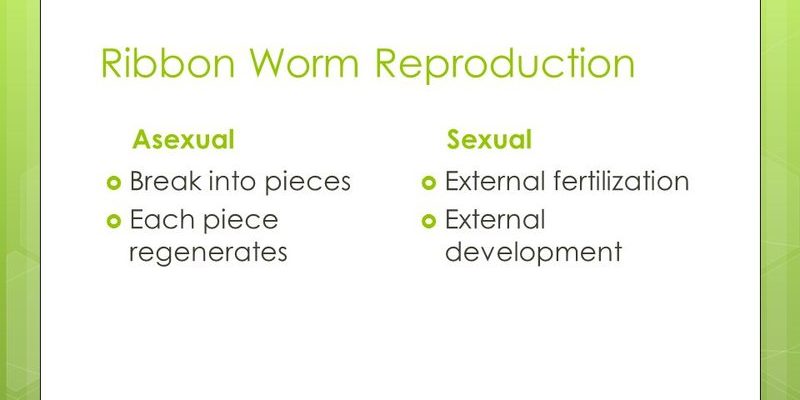
So, what’s the scoop on ribbon worm reproduction? In this article, we’ll dive into both their sexual and asexual strategies. We’ll explore how these worm-like creatures manage to create life in ways that might just surprise you. Stick around, and let’s unravel the mysteries of ribbon worm reproduction together.
Understanding Ribbon Worms
Before diving into reproduction, it’s helpful to know a bit about what ribbon worms actually are. These elongated creatures can range from just a few centimeters to several meters long. They live in various environments, especially in marine and coastal areas. If you were to see one, you might mistake it for a slug or an earthworm, but they have their own unique features.
Ribbon worms have a fascinating anatomy. They sport a long, flat body that is often colorful, with a distinct head featuring sensory organs. They also possess a “proboscis,” a specialized feeding structure that can shoot out to capture prey, like small crustaceans. So, next time you’re at the beach and perhaps see one of these creatures, you’ll know it’s not just a simple worm—it’s a ribbon worm with a whole lot of life going on!
Sexual Reproduction in Ribbon Worms
Now, let’s get into the juicy part—sexual reproduction! Many ribbon worm species reproduce sexually, which involves finding a mate and exchanging genetic material. This method typically enhances genetic diversity, which can be crucial for the adaptability and survival of the species.
The sexual process often begins with a mating display. Male ribbon worms might emit specific chemicals to attract females, sort of like sending out a fragrance in the ocean. Once a male finds a female, they often engage in a dance, intertwining their bodies in a fascinating display. Here’s the thing—most ribbon worms are hermaphrodites, meaning they possess both male and female reproductive organs. This allows them to be pretty flexible when it comes to finding a mate. If you think about it, it’s like having a backup plan in case the perfect partner isn’t around!
Once mating occurs, the female lays eggs, usually in a jelly-like mass. These eggs can float in the water or stick to a surface, depending on the species. After a few weeks, tiny larvae hatch and drift away, starting their lives in the vast ocean. It’s a beautiful cycle, ensuring that ribbon worms continue to thrive across various habitats.
Asexual Reproduction in Ribbon Worms
Some species of ribbon worms also have an asexual reproduction strategy, which is quite remarkable. Asexual reproduction allows individuals to create new offspring without needing a mate, making it an efficient way to increase their numbers.
The most common form of asexual reproduction in ribbon worms is called fragmentation. Picture this: if a ribbon worm gets cut in half—whether by a predator or an accident—both halves can regenerate into separate, fully functional worms! It’s like magic when you think about it. Each piece essentially becomes a new worm, complete with all the necessary organs.
This strategy is particularly useful in environments where mates may be scarce. By simply regenerating, a ribbon worm can multiply its population rapidly. For instance, in densely populated marine areas, you might find that fragmentation leads to a surge in the ribbon worm population, securing their presence in the ecosystem.
Environmental Factors Influencing Reproduction
Just like humans, ribbon worms are influenced by their environment when it comes to reproduction. Factors like temperature, salinity, and food availability can play huge roles in determining whether they reproduce sexually or asexually.
For instance, when conditions are favorable, like warm water temperatures and plenty of food, ribbon worms might lean toward sexual reproduction. This increases genetic diversity, which can be helpful in adapting to changing environments. But if survival is tough—think colder temperatures and limited food—they might switch gears and opt for asexual reproduction. It’s nature’s way of making sure these fascinating creatures continue to survive, no matter the circumstances.
The Role of Genetic Diversity
Genetic diversity is a big deal when it comes to reproduction, and ribbon worms are no exception. Sexual reproduction allows for a mix of genes, which can lead to offspring that are more resilient to diseases and environmental changes.
Let’s break it down: imagine if all ribbon worms were clones of one another. If a disease sweeps through, it could wipe out the entire population. But with genetic diversity, there are different traits that can help some survive. This diversity acts like a safety net, ensuring that at least some individuals can withstand challenges that come their way.
As ribbon worms continue to reproduce both sexually and asexually, they maintain a balance of genetic traits. This flexibility is part of what makes them such successful marine organisms.
In summary, ribbon worms are truly fascinating when it comes to reproduction. They showcase both sexual and asexual strategies, each with its own advantages. Whether it’s through a beautiful courtship dance or an incredible ability to regenerate, these creatures are perfectly adapted to their environments.
As we explore the depths of nature, it’s easy to overlook the wonders like ribbon worms. They remind us that life finds a way, whether through partnership or self-sufficiency. The next time you ponder about how different species multiply, think of the ribbon worm and its unique reproductive strategies that keep it thriving in the world’s oceans.

